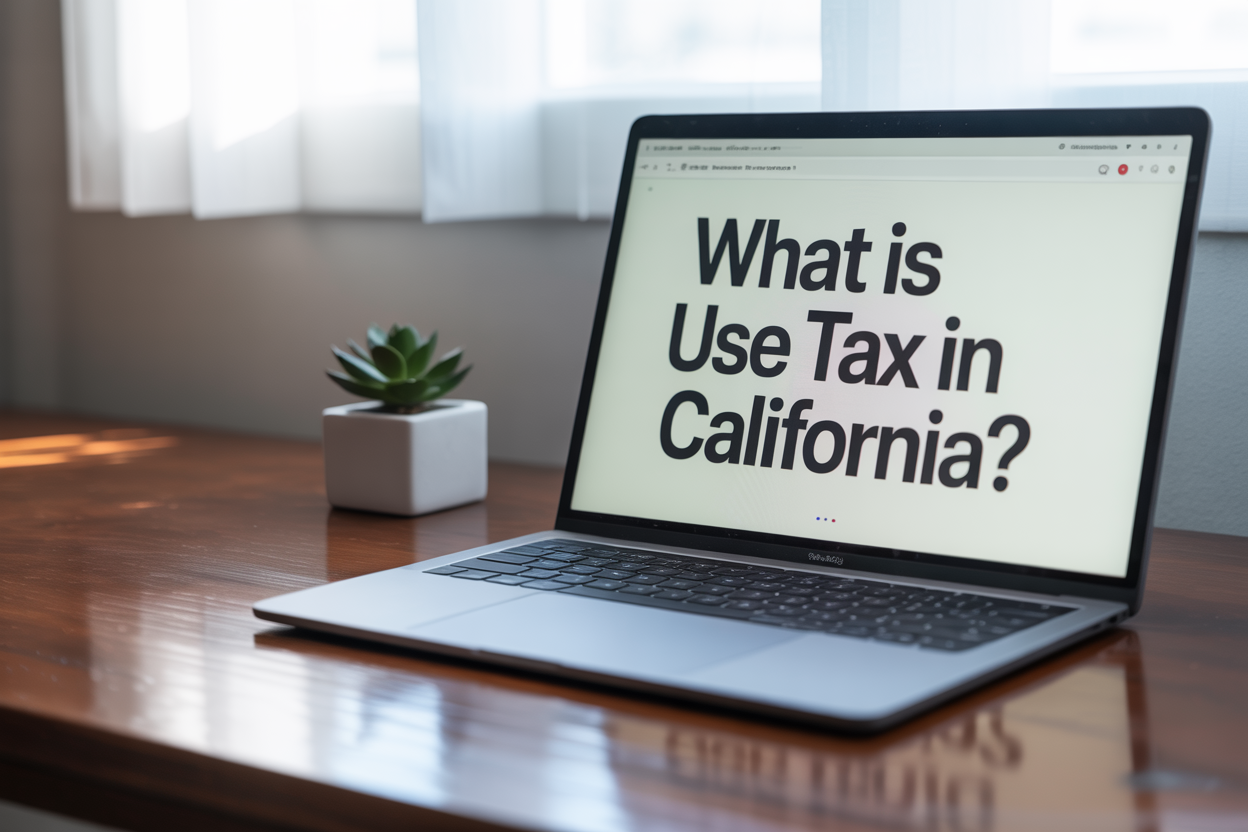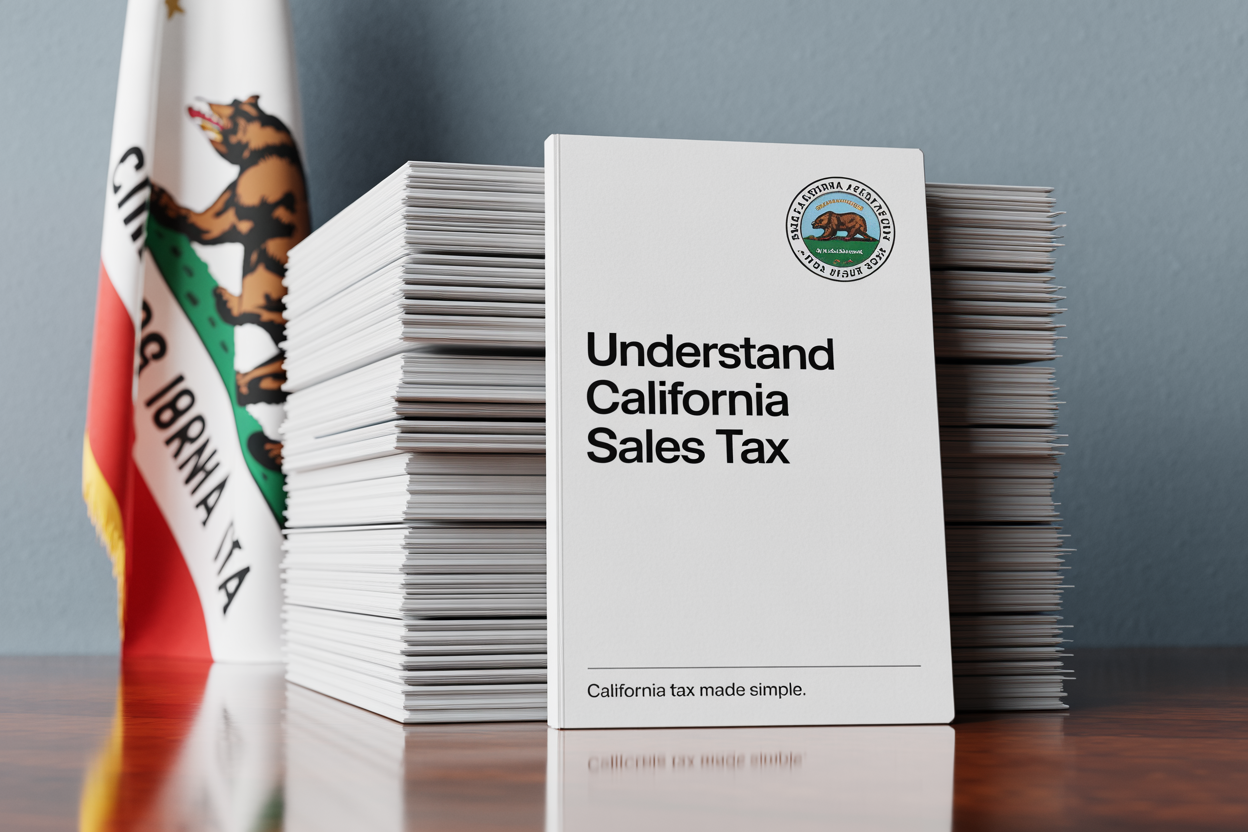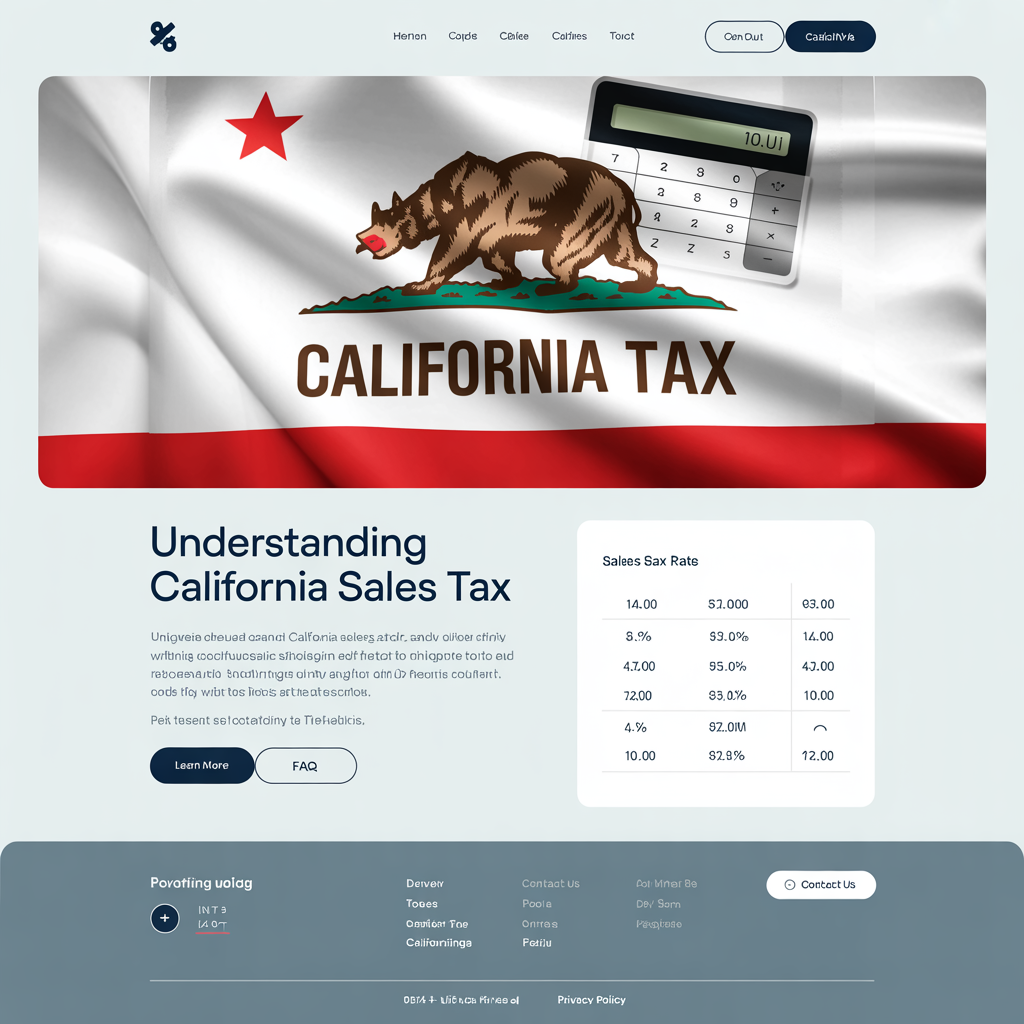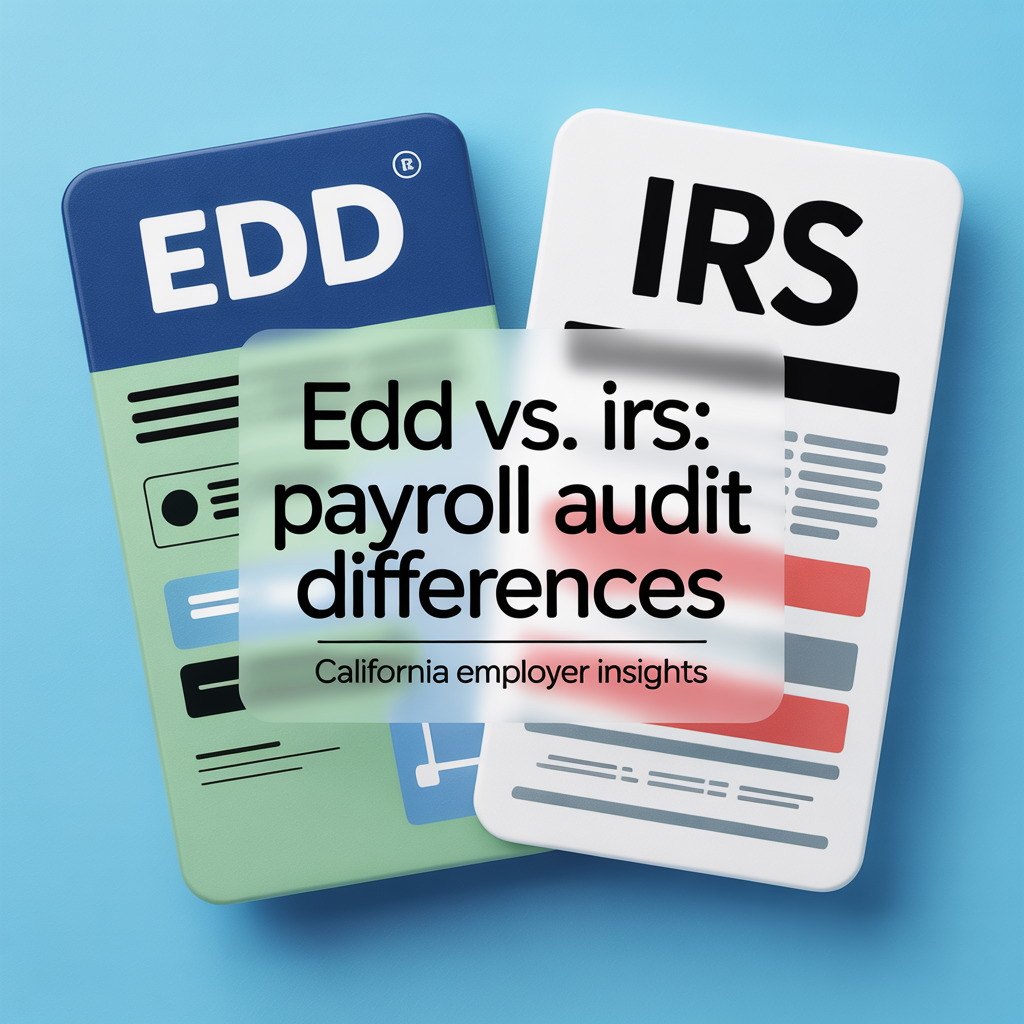California’s 20-Year Collection Rule Explained
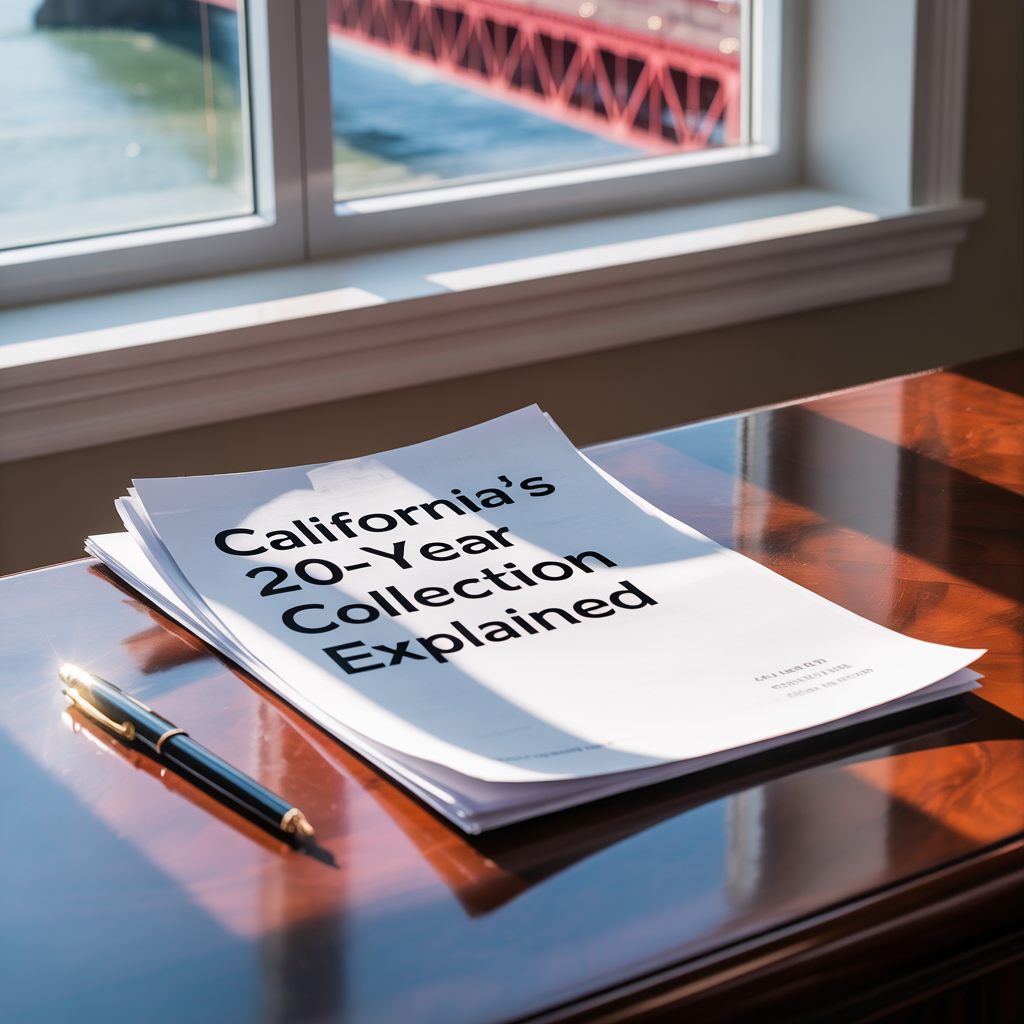
Yes — the FTB Has a Deadline (But It’s Long)
If you owe back taxes to the Franchise Tax Board (FTB), you might assume that debt will follow you forever.
But under California law, the FTB’s right to collect does eventually expire — usually after 20 years. With the right strategy, you can use the 20-year rule to end FTB collections and finally close the chapter on old tax debt.
That’s good news — but there’s a catch: The clock can reset, pause, or extend if you’re not careful.
This guide will help you
get a full view of how California collects taxes, understand the risks, and avoid mistakes that restart the countdown.
What Is the 20-Year Rule?
California Revenue & Taxation Code § 19255 limits the time the FTB can collect an outstanding balance to 20 years from the date of final assessment.
Key Points:
- The 20-year clock starts when the FTB makes a final assessment, not when the return was due
- After 20 years, the liability is “uncollectible by law” and must be removed from your account
- But… the clock can restart or pause under certain conditions
What Starts the 20-Year Clock?
The clock begins on the assessment date — the day the FTB finalizes what you owe.
This could be:
- The date your return was processed
- The date of a Notice of Proposed Assessment
- The date the FTB files a Substitute Return
You can verify your assessment dates by requesting your FTB account transcript or working with a CPA.
What Pauses or Extends the Clock?
Several actions can pause or restart the 20-year window. These include:
| Action | Effect on Collection Period |
|---|---|
| Filing bankruptcy | Pauses the clock during proceedings |
| Entering an Installment Agreement | Pauses or tolls the clock |
| Leaving the U.S. for 6+ months | Pauses the clock |
| FTB lawsuit or court judgment | Resets clock if new judgment is filed |
| Voluntary payment after expiration | May reactivate collection under certain conditions |
One key factor is liens. It’s important to understand how liens fit into the collection timeline so you don’t unknowingly give the FTB more years to pursue your balance.
What Resets the 20-Year Clock Entirely?
In rare cases, the FTB may obtain a civil judgment in court, which gives them an additional 10–20 years to collect.
This is uncommon, but not impossible — especially for large balances or high-income taxpayers who ignore the debt.
Don’t Count on the Clock Without Confirmation
We regularly hear:
“I think it’s been 20 years… so it should just go away.”
Wrong.
You need to:
- Verify the assessment date
- Check for tolling events (e.g., past agreements, bankruptcy filings)
- Confirm no new collection activity restarted the clock
Example Scenario
A taxpayer had an unpaid balance from 2004. In 2010, they entered an Installment Agreement, then defaulted. In 2017, the FTB filed a lien.
The clock:
- Started in 2004
- Was paused during the Installment Agreement (2010–2013)
- May have been reset or extended by lien or legal filing
💡 In cases like this, the 20-year expiration could now fall after 2030 — not 2024.
How to Check Your FTB Collection Timeline
- Request your account transcript from the FTB
- Identify the date of assessment
- Look for any:
- Installment Agreements
- Bankruptcy filings
- Collection holds
- Lawsuits or judgments
- Calculate remaining collection period
What to Do If You’re Close to the 20-Year Mark
Option 1: Stay Quiet, Stay Compliant
Don’t trigger a tolling event. Let the clock expire and confirm discharge.
Option 2: File a Hardship Deferral
If you can’t pay, a hardship deferral may buy you time without resetting the clock and can help you pause collections while the 20-year clock runs.
👉 FTB Hardship Deferral vs IRS Currently Not Collectible
Option 3: Settle (If the Clock Is Years Away)
If you're still 5–10 years out and can’t afford full payment, consider:
- Offer in Compromise
- Installment Agreement
In some cases, you may also
reduce penalties while awaiting statute expiration so the balance doesn’t balloon unnecessarily.
How Boulanger CPA Helps Orange County Taxpayers
We help taxpayers in Irvine, Santa Ana, Anaheim, Fullerton, and throughout Orange County:
- Calculate your FTB collection expiration
- Prevent restarts or tolling events
- Negotiate Installment Agreements or settlements if needed
- Defend against FTB liens or levies as the deadline nears
📞 Call
657-218-5700
🌐
www.orangecounty.cpa
Frequently Asked Questions
What is the California FTB 20-year collection rule?
This rule limits the Franchise Tax Board to collecting unpaid taxes for 20 years from the date of assessment, unless extended under certain conditions.
When does the 20-year period start?
The clock begins on the date the FTB officially assesses the tax, not when you file or miss a return.
Can the 20-year period be extended?
Yes. Events like bankruptcy, installment agreements, or legal actions can pause (“toll”) the collection clock, effectively extending the limit.
Does the FTB forgive the debt after 20 years?
If the debt is still unpaid when the 20 years expire, the FTB must release liens and stop all collection actions on that specific liability.
How do I know when my 20-year period ends?
You can request a transcript from the FTB showing your assessment date and calculate the expiration, factoring in any tolling periods.
How can a CPA help with the 20-year rule?
A CPA can determine your exact expiration date, challenge improper tolling, and ensure the FTB closes your account when the statute runs out.
📣 About the Author
Marc Boulanger, CPA is the founder of Boulanger CPA and Consulting PC, a boutique tax resolution firm based in Orange County, California and trusted by high-income individuals and business owners across Southern California.
He is the author of Defend What’s Yours: A California Taxpayer’s Guide to Beating the IRS and FTB at Their Own Game, available now on Amazon. The book offers a step-by-step plan for resolving IRS and FTB tax debt without losing your business, your home, or your peace of mind.
With over a decade of experience resolving high-stakes IRS and State tax matters, Marc brings strategic insight to complex cases involving wage garnishments, bank levies, unfiled returns, and six-figure tax debts. He is known for helping clients reduce or eliminate tax liabilities through expertly negotiated settlements and compliance plans.
Marc is a Certified Public Accountant licensed in California and Oklahoma and holds the designation of Certified Tax Representation Consultant. He is a member of the American Society of Tax Problem Solvers (ASTPS) — the national organization founded by the educators and practitioners who have trained thousands of CPAs, EAs, and tax attorneys in IRS representation strategy.
Every case is handled with discretion, proven methodology, and direct CPA-led representation — not call center scripts.
📍 Learn more at www.orangecounty.cpa or call (657) 218-5700.

